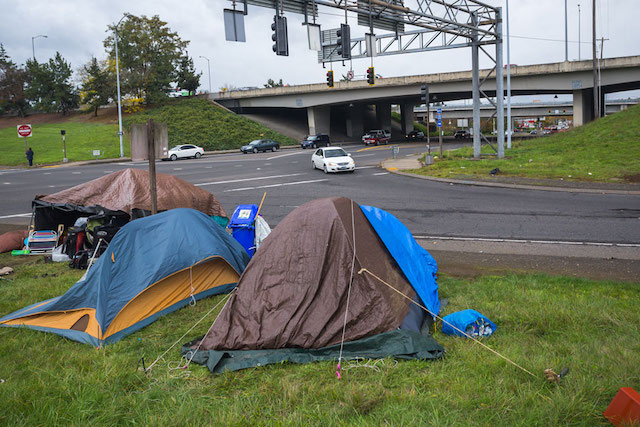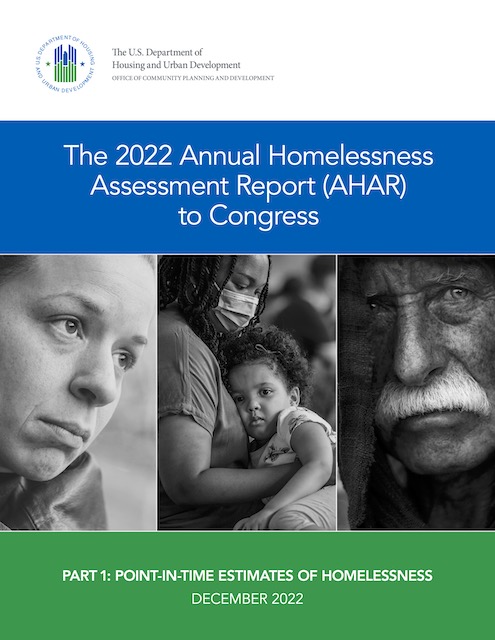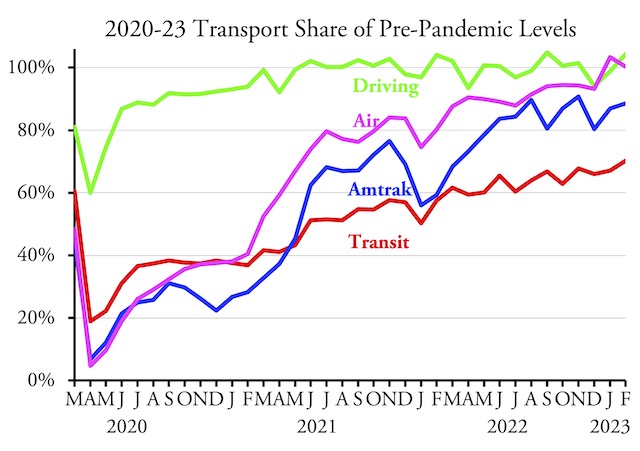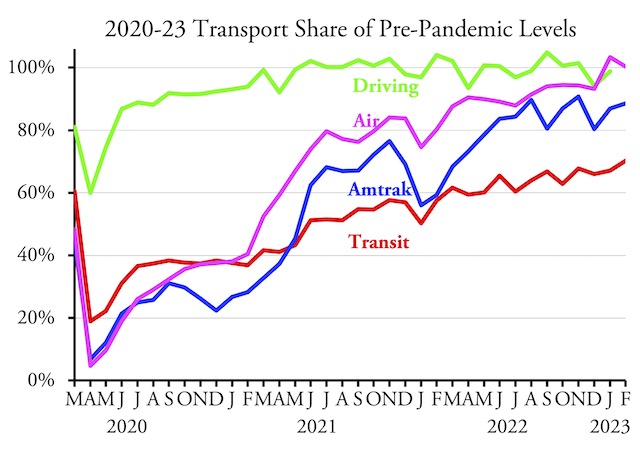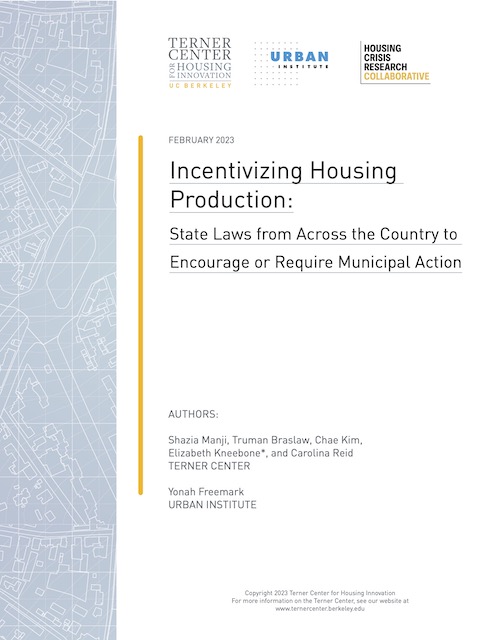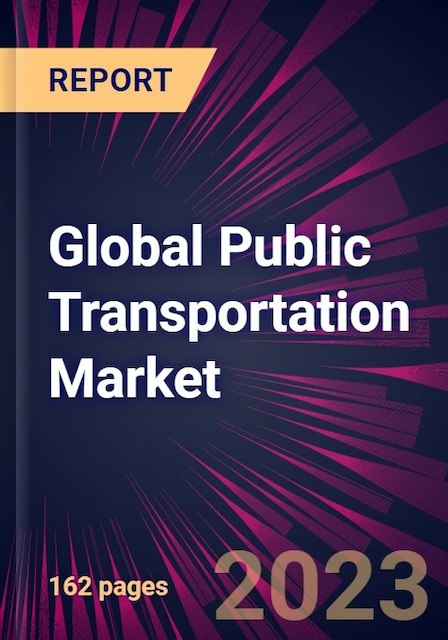I am so glad that Bojack — that is, Lewis & Clark Law professor Jack Bogdanski — is back on line, as he provides a daily reminder of why I am so happy that I moved out of Portland. Bojack’s old blog chronicled Portland’s political hijinks from 2002 through 2013, then sadly went silent.
Photo by Victoria Ditkovsky.
Now he’s back with an even darker view of what life is like in the place whose motto was once “the city that works.” Here are just a few of his recent posts. Continue reading

